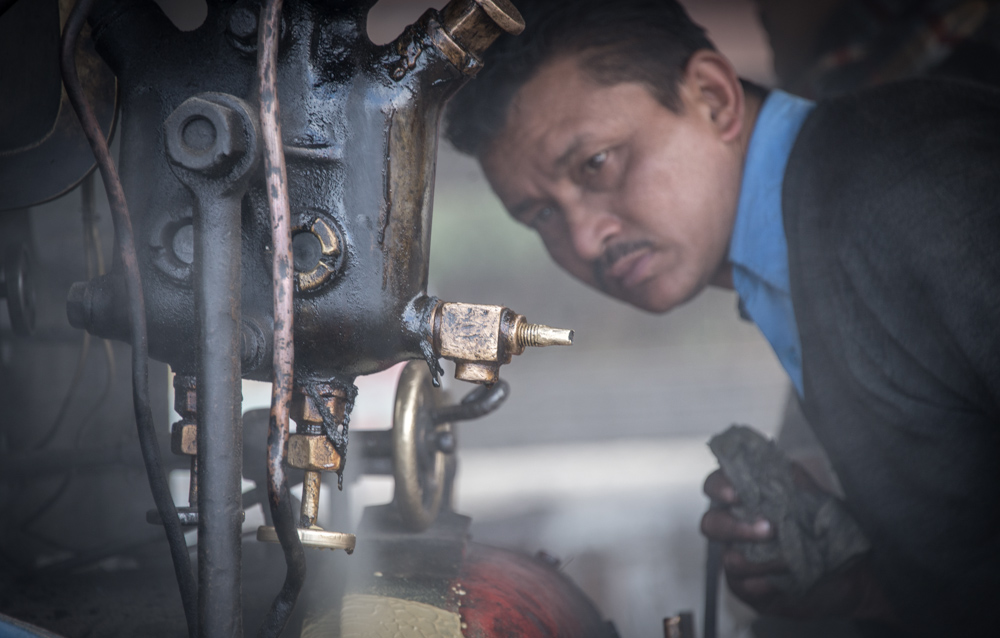Facets of Iran - Exhibition at Somos Berlin
Can we meet others as people and not projections of our romantic notions or our worst nightmares?
This exhibition reflects the experiences of 3 people with distinct impressions of a shared place and time.
Utilising our combined tools of photography, filmmaking, anthropology, and material art, our work represents glimpses into the richness and diversity of Iranian people and their environment.
We have stepped away from the de-humanising geopolitical headlines to show a Western audience more nuanced and intimate perspectives of the Iranian people.
Read More






















